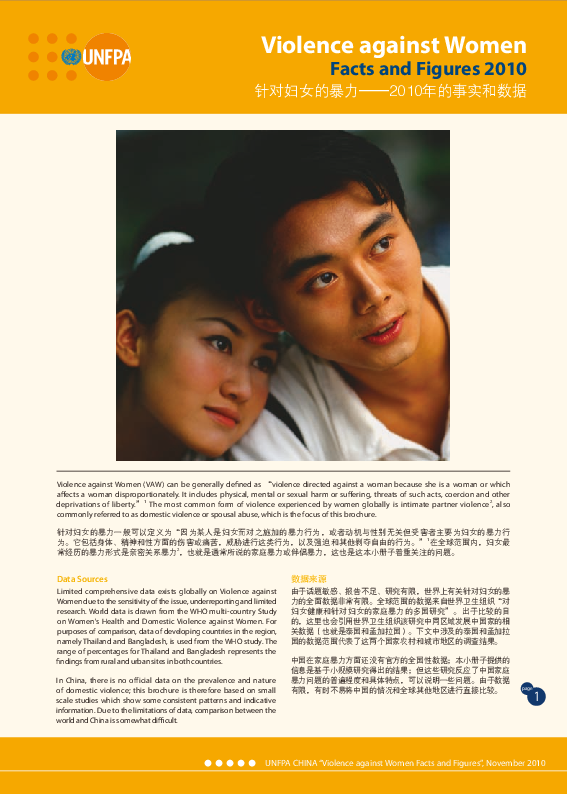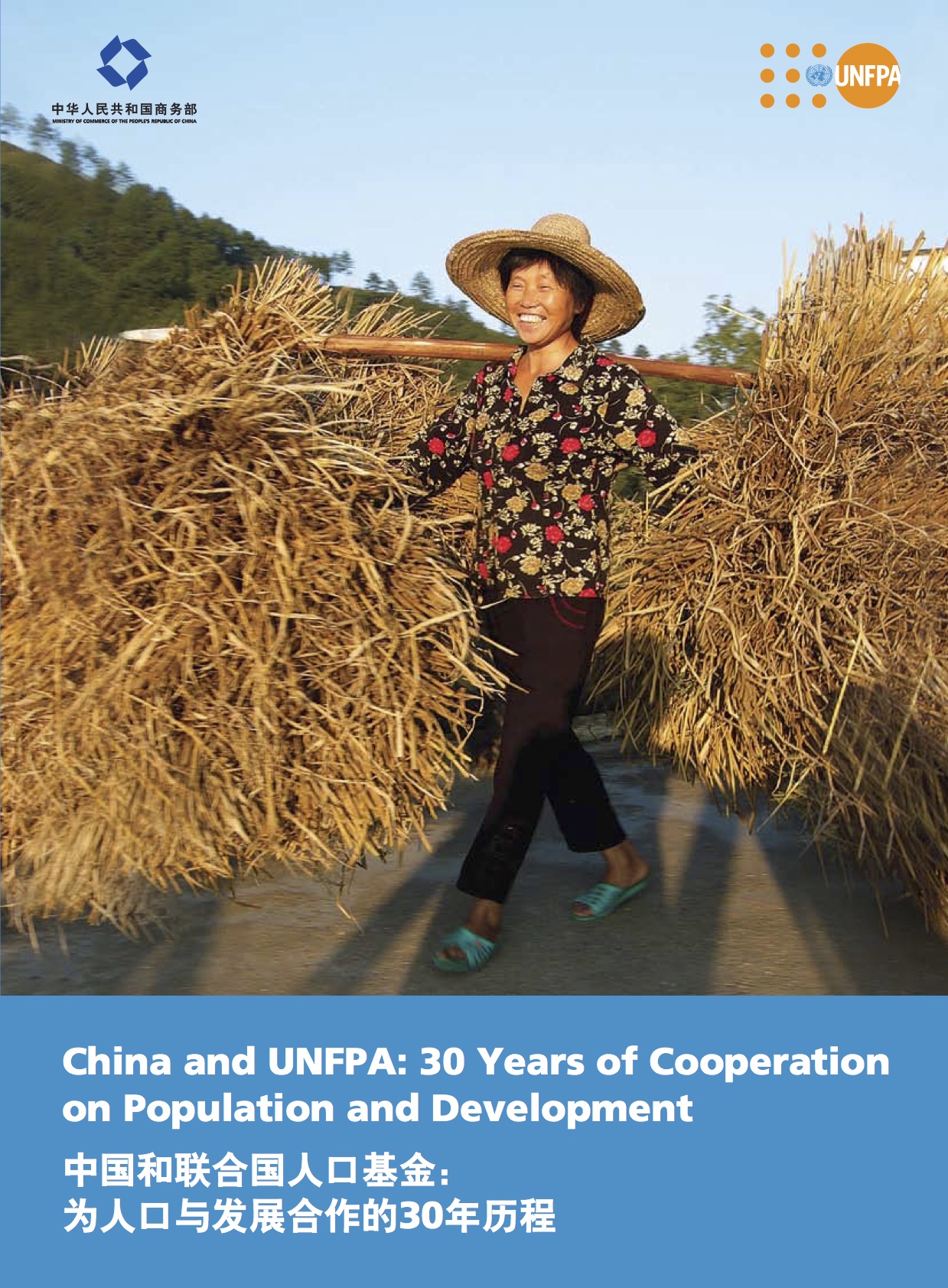You are here
New Releases

Research and piloting to promote healthy urbanization in China through the provision of essential social services : A Brief Introduction on Project and Piloting Initiatives
China is experiencing an accelerated urbanization process. By the end of 2010, the urbanization rate in China had reached 49.7%, an increase by 13.5 percentage points compared to that in 2000 and a faster increase than the 9.9 percentage points for the period during 1990-2000. This represents a population of 660 million now living in the urban areas of China, an increase of over 200 million compared to that in 2000.
The State of the World's Midwifery 2011
p.p1 {margin: 0.0px 0.0px 0.0px 0.0px; font: 12.0px Helvetica; color: #454545}
p.p1 {margin: 0.0px 0.0px 0.0px 0.0px; font: 12.0px Helvetica; color: #454545}
The State of the World’s Midwifery 2011: Delivering Health, Saving Lives presents a body of knowledge to inform and accelerate the availability of quality midwifery services for women and newborns. It aims to make a valuable contribution both to strengthening the midwifery workforce around the world and to the critical planning that is needed to achieve the health Millennium Development Goals. The first ever State of the World’s Midwifery is focused on 58 countries with high rates of maternal, foetal and newborn mortality. Its content has been largely informed by responses to a detailed survey that was developed to collect new or updated data and information in six areas: the number and types of practising midwifery personnel, education, regulation, professional association, policies and external development assistance.
UNFPA - Government of China Seventh Country Programme
The United Nations Population Fund (UNFPA) has assisted China since 1979, playing a catalytic role in introducing quality standards for a voluntary reproductive health approach in China. As China’s largest multilateral source of assistance for population and reproductive health, UNFPA supports the Chinese Government in ful lling its commitments to ICPD and MDGs in the areas of population and development.

Maternal and Child Health in Ethnic Minority Areas Advocacy Toolkit
The 2009-2011 China Culture and Development Partnership Framework (CDPF), a joint initiative of the UN and the Government of China, is grounded in the plans and policies of the Government of China, which has targeted ethnic minority development as a high priority.
UNFPA Ageing Project in China : Good Practices
Ageing project CPR6P203 is implemented in six sites of six provinces, namely Shanghai and Shandong (in developed eastern China), Henan and Hunan (in less developed central China), and Gansu and Guizhou (in underdeveloped western China). The project is implemented by HelpAge International (HAI) and China National Ageing Committee (CNCA), funded by United Nations Population Fund (UNFPA).

Violence against Women Facts and Figures 2010
Violence against Women (VAW) can be generally defined as “violence directed against a woman because she is a woman or which affects a woman disproportionately. It includes physical, mental or sexual harm or suffering, threats of such acts, coercion and other deprivations of liberty.” The most common form of violence experienced by women globally is intimate partner violence, also commonly referred to as domestic violence or spousal abuse, which is the focus of this brochure.
Good Practice: HIV Prevention Health Education among Migrants in the Railway System in China
Good Practice: HIV Prevention Health Education among Migrants in the Railway System in China
Domestic Migrants in China Facts and Figures 2010
UNFPA advocates for policies and laws that promote and protect migrants’ human rights. UNFPA places emphasis on the need to recognize the substantial contributions woman migrants make both in destination cities, where they provide services that benefit families and economies, and in their home counties, where they send a substantial portion of their earnings, which improves their communities and the lives of family members. As part of its work on urbanization, UNFPA supports policy reform, research and services for those most a ected, especially migrants.

China and UNFPA: 30 Years of Cooperation on Population and Development
Established in 1969, UNFPA is the world’s largest internationally funded supporter of population co- operation. UNFPA’s goal is to help developing countries formulate population policies and sustainable development strategies, offer reproductive health and family planning services to women, men, young people and people in emergency conditions, protect women’s interests and rights and promote gender equality
The Chinese Government and UNFPA signed a Memorandum of Understanding in Beijing in 1978. A cooperative agreement, which con rmed the basic principles of this cooperation, was signed two years later. Over the past 30 years, China and UNFPA have conducted a total of six cycles of cooperation, with more than 120 projects being implemented and China receiving US$216 million in aid.

Social Progress in China
In the last 20 years, with the Government’s committed efforts to the development road of reform and opening up, and attaining the objectives of shaking off poverty, solving the problem of basic food and clothing, improving people’s standard of living and realizing well-off life in an all-round way, great changes have taken place in China’s social and economic situations. The national economy has maintained sustained, steady and quick growth; people’s living standard has been improved continuously; the income for urban and rural households has increased steadily; the number of poverty-stricken people has decreased significantly, contributing to remarkable achievements in both social and economic sectors. China has become the first developing country in the world to realize the Millennium Development Goal of “eradicating poverty”.